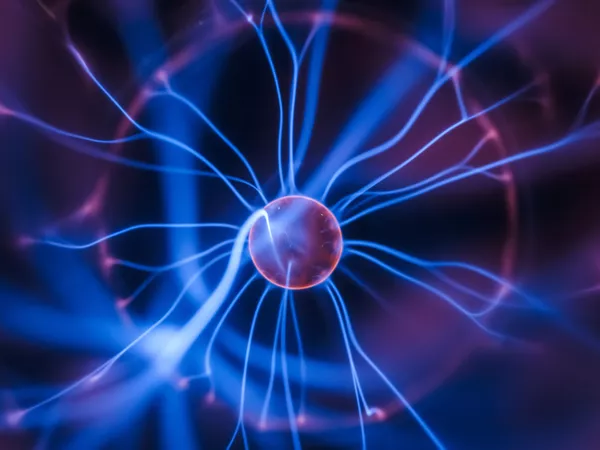EDITORIAL
Published on 16 Feb 2022
Editorial: Thermal and Non-Thermal Plasmas at Atmospheric Pressure
doi 10.3389/fphy.2022.852905
- 7,486 views
- 21 citations
4,636
Total downloads
28k
Total views and downloads
EDITORIAL
Published on 16 Feb 2022
ORIGINAL RESEARCH
Published on 03 Jan 2022
ORIGINAL RESEARCH
Published on 08 Nov 2021
BRIEF RESEARCH REPORT
Published on 30 Jun 2021
BRIEF RESEARCH REPORT
Published on 21 Jun 2021
